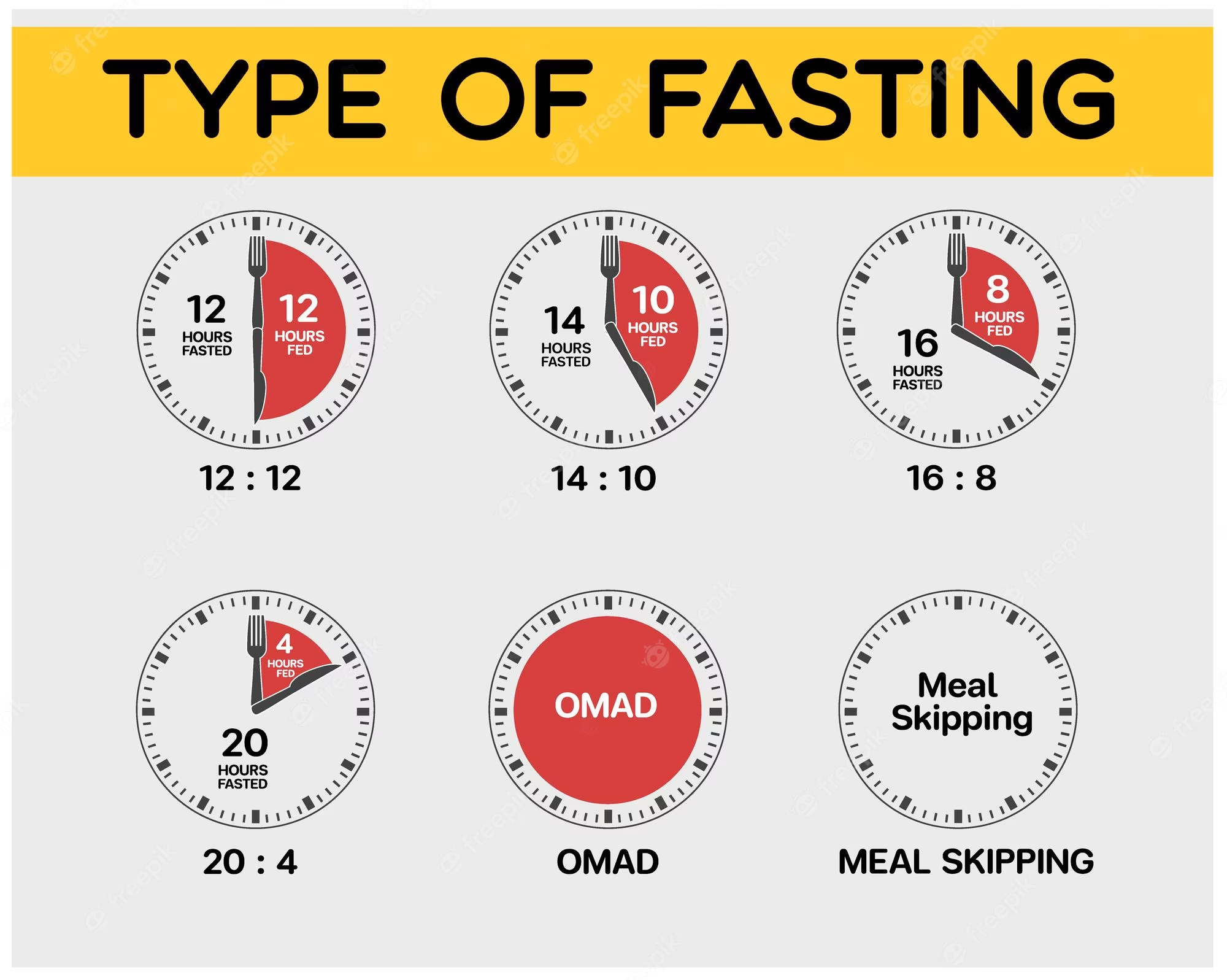
Intermittent fasting has gained popularity as a weight loss strategy and is often associated with burning belly fat. But what is the best intermittent fasting window to lose belly fat? In this article, we will explore different intermittent fasting schedules and their potential impact on belly fat loss. We will also discuss the benefits of intermittent fasting, how it works, and important considerations when implementing this eating pattern.
Understanding Intermittent Fasting
Intermittent fasting is an eating pattern that cycles between periods of fasting and eating. It does not specify what foods to eat but rather when to eat them. This approach focuses on restricting the time window during which you consume calories.
There are several methods of intermittent fasting, including time-restricted feeding, alternate-day fasting, and the 5:2 diet. Each method has its unique fasting and eating intervals. The choice of intermittent fasting schedule depends on individual preferences, lifestyle, and goals.
The Impact of Intermittent Fasting on Belly Fat
Belly fat, also known as visceral fat, is a common concern for many individuals. Excess belly fat is associated with an increased risk of various health conditions, including heart disease, type 2 diabetes, and certain cancers. Intermittent fasting may help reduce belly fat through several mechanisms.
1. Caloric Restriction: One of the primary reasons intermittent fasting can lead to belly fat loss is by creating a caloric deficit. When you restrict your eating window, you naturally consume fewer calories, which can contribute to weight loss and fat reduction, including belly fat.
2. Hormonal Changes: Intermittent fasting affects hormone levels in the body, including insulin, growth hormone, and adiponectin. These hormonal changes can promote fat burning and improve metabolic health, potentially leading to a reduction in belly fat.
3. Enhanced Fat Burning: During fasting periods, the body depletes its glycogen stores and starts using stored fat as a source of energy. This metabolic shift may specifically target belly fat, as it is a readily available energy source in that area.
4. Reduced Inflammation: Excess belly fat is associated with chronic inflammation, which can contribute to various health problems. Studies suggest that intermittent fasting may help reduce inflammation markers in the body, potentially benefiting individuals with excess belly fat.
Different Intermittent Fasting Windows to Consider
When it comes to choosing the best intermittent fasting window to lose belly fat, it is essential to find a schedule that fits your lifestyle and preferences. Here are some popular intermittent fasting schedules:
1. 16:8 Method
The 16:8 method involves fasting for 16 hours and limiting your eating window to 8 hours. This approach is often referred to as time-restricted feeding. For example, you could fast from 8 p.m. until 12 p.m. the next day and eat your meals between 12 p.m. and 8 p.m.
The 16:8 method is considered one of the easiest and most sustainable forms of intermittent fasting. It allows you to skip breakfast and have your first meal around midday. This schedule may be suitable for individuals who prefer a later eating window or have a busy morning routine.
2. 5:2 Diet
The 5:2 diet involves eating normally for five days of the week and restricting calorie intake to 500-600 calories for two non-consecutive days. On fasting days, you can distribute your calories throughout the day or have them in one or two meals.
This approach allows for flexibility and may be suitable for individuals who prefer a less restrictive intermittent fasting schedule. However, it is important to focus on nutrient-dense foods during the eating days to maintain overall health and support belly fat loss.
3. Alternate-Day Fasting
Alternate-day fasting involves alternating between fasting days and regular eating days. On fasting days, you consume little to no calories, while on eating days, you can eat normally.
This method may be more challenging to adhere to, as it involves complete fasting on certain days. However, it can be effective for belly fat loss and overall weight management. It is important to stay hydrated and ensure proper nutrition on eating days to support overall health.
4. 24-Hour Fast
A 24-hour fast involves fasting for a full day, usually from dinner to dinner or lunch to lunch. During the fasting period, you can consume calorie-free beverages such as water, herbal tea, or black coffee.
This type of fasting may be more challenging, especially for beginners. However, it can be an effective way to create a significant caloric deficit and promote belly fat loss. It is important to listen to your body and break the fast if you experience any adverse effects.
5. Modified Fasting
Modified fasting involves reducing calorie intake to a certain extent on fasting days, typically around 20-25% of your usual intake. This can be achieved by consuming smaller meals or replacing some meals with low-calorie options.
Modified fasting provides a more flexible approach to intermittent fasting while still allowing for some calorie restriction. It may be suitable for individuals who find complete fasting challenging or prefer to have some food on fasting days.
Implementing Intermittent Fasting for Belly Fat Loss
To optimize belly fat loss with intermittent fasting, it is important to consider the following tips:
1. Choose a Sustainable Schedule: Select an intermittent fasting schedule that aligns with your lifestyle and preferences. It should be something you can maintain in the long term to achieve consistent results.
2. Focus on Nutrient-Dense Foods: During your eating windows, prioritize whole, unprocessed foods such as fruits, vegetables, lean proteins, whole grains, and healthy fats. These foods provide essential nutrients and support overall health.
3. Stay Hydrated: Drink plenty of water and calorie-free beverages throughout the day, especially during fasting periods. Proper hydration is essential for overall health and can help manage hunger during fasting.
4. Listen to Your Body: Pay attention to your body’s hunger and fullness cues. If you feel excessively hungry or experience discomfort during fasting, consider adjusting your schedule or seeking guidance from a healthcare professional.
5. Combine Intermittent Fasting with Exercise: Incorporate regular physical activity into your routine to enhance belly fat loss. Exercise, particularly aerobic and strength training exercises, can support overall weight loss and improve body composition.
6. Seek Professional Guidance: Before starting any new dietary regimen, including intermittent fasting, it is recommended to consult with a healthcare professional or registered dietitian. They can provide personalized guidance and ensure that intermittent fasting is suitable for your specific health needs.
Conclusion
Intermittent fasting can be an effective strategy for belly fat loss and overall weight management. The best intermittent fasting window to lose belly fat depends on individual preferences and lifestyle. Whether you choose the 16:8 method, the 5:2 diet, alternate-day fasting, or another schedule, it is important to prioritize nutrient-dense foods, stay hydrated, and listen to your body’s cues. Remember to consult with a healthcare professional before starting any new dietary regimen to ensure it aligns with your specific health needs. With consistency and proper implementation, intermittent fasting can be a useful tool in achieving your belly fat loss goals.




